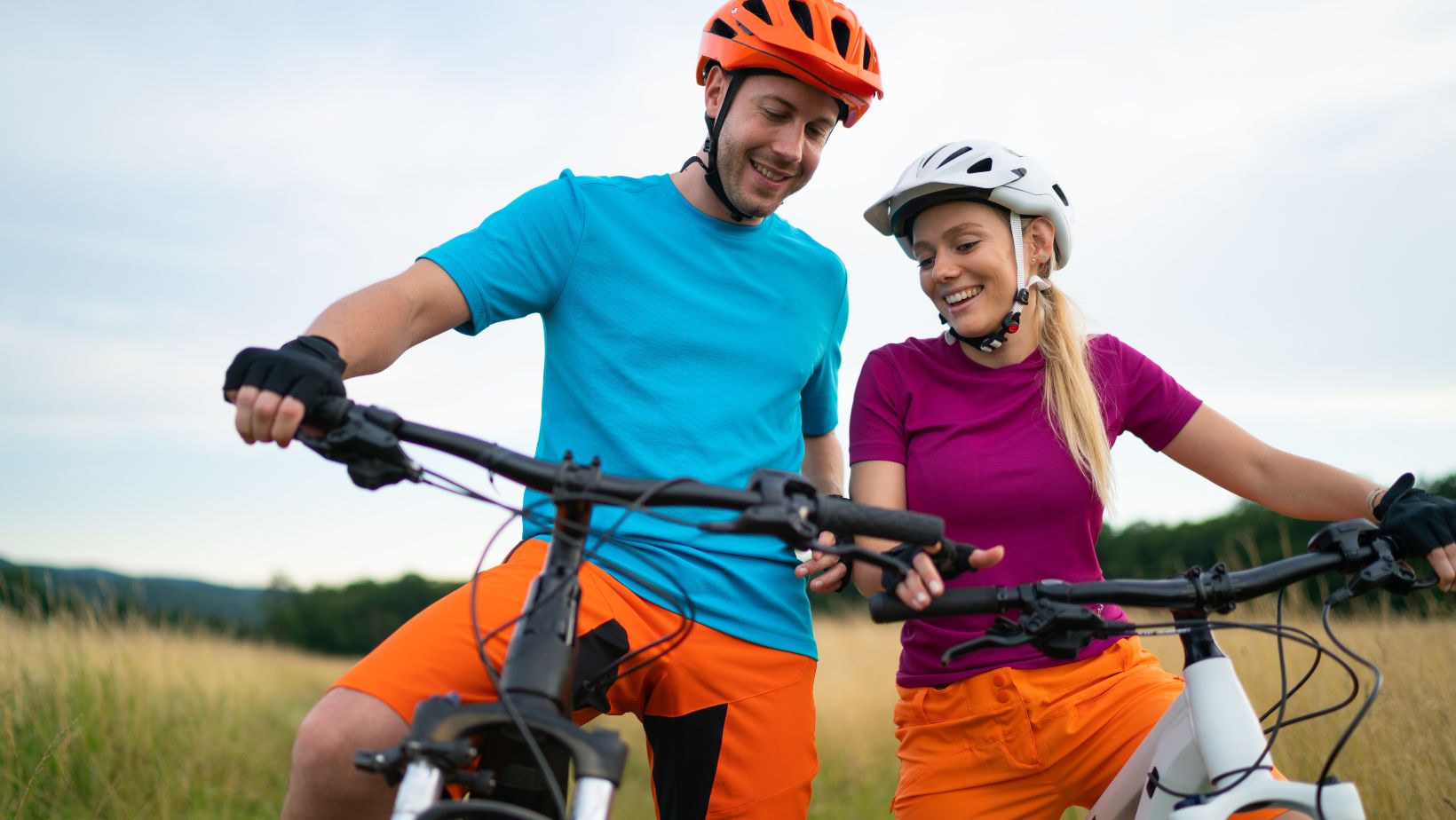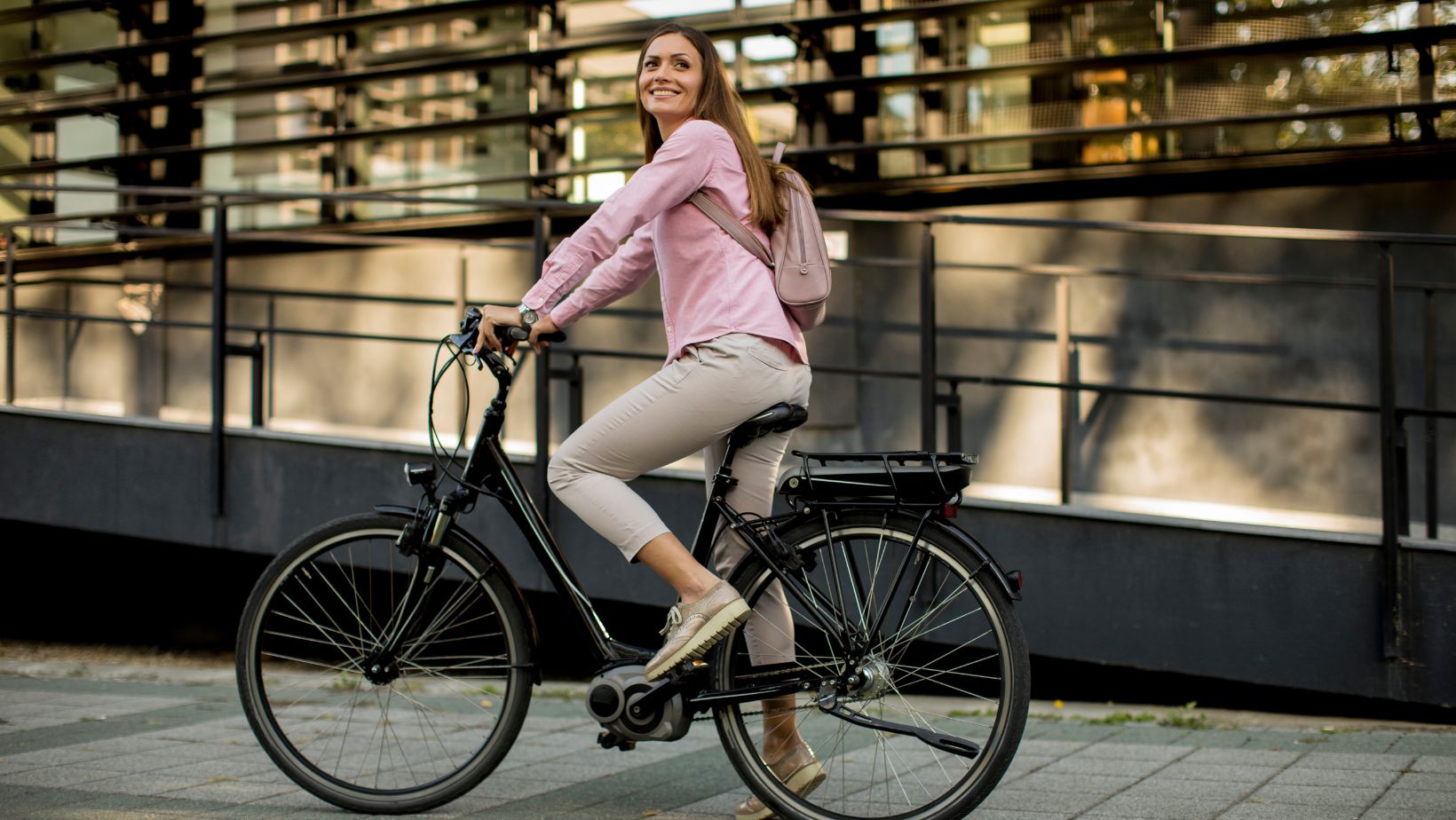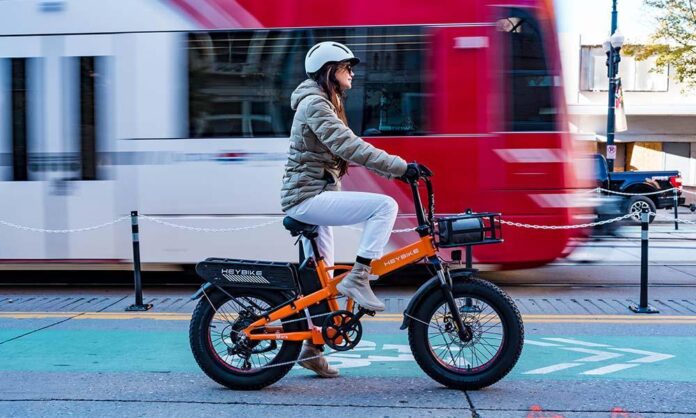Have you ever been stuck in traffic, watching someone on two wheels zip past with a breeze in their hair and no parking meter in sight?
If so, you’ve already seen the quiet takeover happening in cities everywhere. It’s not just bikes anymore. It’s e-bikes—and they’re showing up on bike lanes, backroads, and even Instagram feeds with surprising speed.
As cities get more crowded and gas prices stay unpredictable, the way we move is shifting. People are thinking twice about sitting in traffic for 40 minutes to get somewhere they could reach faster on something lighter, cheaper, and oddly fun to ride. Urban travel used to mean buses, trains, or cars. But today, more commuters are choosing smaller, battery-powered alternatives to get where they need to go.
In this blog, we will share how e-bikes are changing urban mobility, why more people are switching, and what that means for the future of city life.
A Lighter Way to Move
Let’s start with the basics. E-bikes offer something most vehicles don’t: flexibility. They don’t need gas, they don’t need insurance in most cases, and they don’t care if there’s a traffic jam. You just charge, ride, and park.
That freedom is a big reason why cities are seeing a surge in electric bicycles. In places like New York, Austin, and Portland, riders aren’t just weekend cyclists anymore. They’re office workers, delivery drivers, students, and retirees. Anyone who wants to avoid rush hour—and maybe get a little breeze on the way.
And it’s not just about fun; e-bikes can cover real distance. Many go 20 to 40 miles on a single charge. That’s enough to run errands, go to work, or meet friends without ever starting your car.
In a world where people are thinking more about emissions and less about status symbols, it makes sense. E-bikes don’t scream “look at me.” They quietly say, “I got here faster, cheaper, and probably happier.”
Why Timing Matters
This shift didn’t come out of nowhere. The pandemic changed how people move. For months, buses and subways emptied out. Working from home became the norm. Cities felt quieter. But as people returned, something had changed. They didn’t want the old stress back.
Many found that shorter trips didn’t need four wheels. And with supply chains shaky and gas prices unpredictable, simpler transportation just felt smarter.

At the same time, cities started to invest more in bike-friendly infrastructure. Protected lanes, better crossings, and fewer parking spots made room for new forms of travel. Suddenly, getting around on two wheels didn’t feel like a risk. It felt like a solution.
Governments noticed, too. Some offered rebates or incentives to get more people on e-bikes. Others changed traffic laws to make commuting by bike easier and safer. This all added up to a tipping point. What used to be a niche is now a movement.
The Surprising Versatility of Two Wheels
Think e-bikes are only for short rides or casual users? Think again.
These bikes are built for more than just convenience. Many come with cargo racks, baskets, or trailers. They can carry groceries, kids, laptops, or even your dog. Delivery services love them. So do parents. So do small business owners trying to save on gas.
What makes them even more useful is how easily they slip into a busy life. You don’t need to change clothes, find parking, or build your day around charging stations. Most charge in a few hours. Many can be plugged in at home or work like any other device.
And let’s not forget the health factor. Sure, e-bikes have motors. But they still let you pedal, push up hills, and feel the road under your tires. For people who want movement without exhaustion—or for those with limited mobility—it’s a welcome middle ground.
Not Without Challenges
E-bikes aren’t perfect. More riders mean more questions about safety, regulation, and sharing space on the road. Cities are still figuring out where e-bikes fit—in bike lanes, on sidewalks, or somewhere in between.
Some argue they go too fast. Others think they blur the line between vehicle and toy. But these are growing pains. Just like cars, scooters, and ride shares before them, e-bikes are forcing cities to rethink how people move.
The key is balance. Clear rules, smart infrastructure, and mutual respect can help everyone share the road. E-bikes aren’t going anywhere. It’s up to cities and riders to make sure they work well for everyone.
The Environmental Payoff
While the convenience of e-bikes gets a lot of attention, the environmental benefits are just as important. Every trip taken on two wheels instead of four cuts down on emissions. Multiply that by thousands of riders, and the effect is real.
Fewer cars mean less smog. Less noise. Less road wear. And in cities struggling with congestion and pollution, that’s not a small thing.

For individuals, it also means fewer visits to the gas pump. Fewer oil changes. Fewer surprise engine repairs. All of that adds up—to money saved and stress reduced.
It’s not just about saving the planet. It’s about making daily life a little less complicated.
Looking Ahead
As urban life continues to evolve, so will the tools we use to navigate it. E-bikes are a strong sign of what’s coming next. They represent a shift toward more personal, practical, and flexible ways to move.
In the coming years, we’ll likely see more innovations—better batteries, smarter designs, and new kinds of hybrid vehicles. But the heart of the shift will stay the same. People want freedom. They want movement that makes sense.
Cars won’t disappear. Neither will buses or trains. But the balance is changing. More and more, people are realizing that getting there doesn’t have to be expensive, stressful, or bad for the environment.
It can be simple. It can be smooth. And yes—it can even be fun.
Pedal Forward, Think Smarter
Cities are growing. Streets are getting fuller. But that doesn’t mean your daily commute has to get worse.
E-bikes offer a different way forward—one that fits the world we’re living in now. A world that values flexibility. A world that’s learning to do more with less.
So the next time you’re stuck at a red light watching someone breeze by on two wheels, maybe don’t roll your eyes. Maybe ask what they know that you don’t.
Because odds are, they’re already where you were trying to go.


